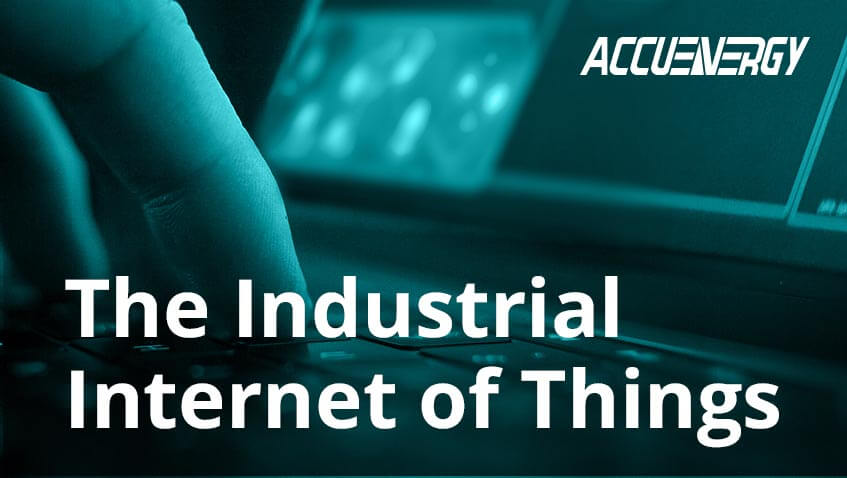What is the Industrial Internet of Things (IIoT)?
What may have seemed impossible in previous decades is now a daily reality for consumers, businesses, and industries: Internet connected devices are a necessity, and they are everywhere. Connected devices have become so crucial to daily operations that many businesses cannot function without them.
The Internet of Things (IoT) is a network of physical devices that use the Internet to communicate and exchange information. Onboard sensors and software are equipped on these devices to gather relevant information which is shared throughout the network for both local and remote access. For consumers, these “smart” devices can include appliances, security devices, thermostats, wearables, lights, and other Internet-connected products that make life more convenient. Often, the interconnection of these devices is not just desired, but expected.
Although many devices are manufactured specifically for consumer use, Internet-connected devices can be found in all sectors of modern society including commercial, healthcare, transportation, and industrial spaces. The Industrial Internet of Things (IIoT) describes connected Operational Technology (OT) equipment that is used to monitor and control systems in manufacturing, processing, and other industrial environments. By automating various processes and providing near-instantaneous access to critical facility information, such as energy consumption and plant operations, the IIoT has become essential to increasing efficiency as well as capacity. As remote control and monitoring are implemented, computers are given command over plant optimization and operational tasks, reducing the need for constant human intervention, and even allowing certain processes to continue around the clock.
Beyond automatically controlling lighting, temperature, or other environmental conditions, IIoT can control manufacturing equipment and improve efficiency through predictive maintenance. Networked sensors can provide health and performance information for critical equipment and indicate when servicing is required ahead of breakdown, helping to avoid costly maintenance or unscheduled plant shutdowns.
Security Concerns Related to the Industrial Internet of Things
In industrial environments, there is an overlapping space where devices in the OT domain converge with enterprise systems in the Information Technology (IT) realm. Whereas OT devices had previously been isolated from the Internet and protected by a self-contained ecosystem, typical industrial network architecture means OT devices can be accessed from anywhere, raising legitimate IIoT security concerns. This is especially true for networks where proper care has not been taken to configure remote access with the latest security protocols in mind, such as IEC 62443.
It may seem logical to question why a malicious individual would want to gain access to a piece of industrial equipment. After all, what is there to gain by connecting to a random piece of equipment within a facility? The answer is that poorly secured equipment is often used as an entry point to gain access to the entire network. In essence, hackers specifically seek out vulnerable devices to use them as a bridge to the rest of the network, leaving an entire organization exposed to outside threat. Therefore, proactively preventing unauthorized users from accessing sensitive systems by securing all connected devices remains essential and is generally preferred to a reactive response. This is especially true in critical facilities that service the public, such as power substations or other utilities.
Outdated software, compromised credentials, misconfiguration, and other attack vectors need to be addressed when considering IIoT security. IT and OT professionals must quickly identify unintentional access points, keep systems or devices up to date with the latest security patches, implement proper security procedures, and train staff on cyber security best practices. It is also important to clearly define the responsibilities of OT versus IT personnel to minimize mistakes or conflicts in security processes.
The Future of the Industrial Internet of Things
The Internet of Things is an integrated part of modern industry and the explosive growth in the number of available connected devices plus the introduction of 5G communications will contribute heavily to its expansion throughout every sector of the economy. It is projected that the global consumer spending on IoT technology will reach over $1 trillion dollars (USD) by 20231. It is likely that the Industrial Internet of Things will keep pace with this growth, and, despite security and privacy concerns, companies will continue to leverage IIoT technology to increase efficiency and profitability.
1 Liu, S. (2020, June 15). Topic: Internet of things (iot). Retrieved February 26, 2021, from https://www.statista.com/topics/2637/internet-of-things/#dossierSummary__chapter6

